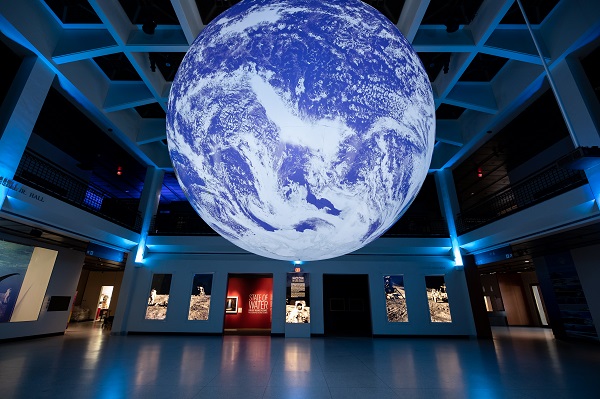What would it take to go all renewable?
What would it take to use exclusively renewable energy resources? What would you have to add to or take away from your home? How would your life change? For most of my energy entries, I’ve talked about conservation at the individual level. That’s because I know we can make changes in what we do and how we view the world. However, it is always heartening to see large groups take up the challenge. And while a nation should have a plan, unless its citizens are behind it, it will never work.
That’s why I’m glad to report on some cities and regions that have made a plan to go to 100-precent renewable energy or beyond.
The District of Rhein-Hunsrück in Germany has a population of about 100,000. It uses a combination of wind, solar, and bio mass to produce 100-percent renewable energy for its area.
For most, that would be a good place to stop. But it has plans to increase renewable energy production to 828 percent of their needs by 2050 so it can export the energy to its neighbors. (Well done!)
In the 1990s, it decided that it would take the money it used to import energy and invest it locally to become energy exporters. Its first step was energy conservation. Just by doing some energy conservation in its buildings, it was able to cut heating needs by 25 percent (something that is very energy-intensive in places that have weather other than “hot”).
The city of Dardesheim, also in Germany, uses solar panels, wind turbines, and biomass to produce 40 times as much energy as it uses. How did it do this? Back in the 1990s (it takes time) the community decided on a shared vision to create jobs and eliminate the importation of energy. While it only has a population of 1,000 (100 times smaller than Rhein-Hunsrück), it created a vision and made a plan.
And it isn’t only cities in Germany that are coming up with a renewable and sustainable path for their energy future.
For example, it’s expensive to import oil to the Island of El Hierro, off the northern coast of Africa. To replace the oil it uses to generate electricity, it will move to a combination of wind, hydro, and solar power. With any excess wind energy, it’ll be able to pump water uphill into an inactive volcano crater. This gives it a little energy storage. This will let the 10,000 people who live on the island save 40,000 barrels of oil a year.
But what about a little closer to home?
In 2007 San José, Calif., pledged to become a renewable-powered city by 2022. It was the first large city in the United States (around 1 million in population) to make such a pledge. Its plan had 10 points (not 12). It also has a website where you can view its progress. While it has had the most progress in diverting trash from landfills to waste to energy plants, it has made the least progress is in planting new trees. Fortunately, that’s fairly easy to do.
But what about Houston? What is Houston doing?
Houston is becoming greener in leaps and bounds. Houston has been granted a number of awards and distinctions for its green programing, such as being named one of the top 25 solar cities by the Department of Energy, the Green Power Leadership award from the Environmental Protection Agency, and the Best Workplace for Commuters award from the Houston-Galveston Area Council, with the EPA and the Department of Transportation.
Sure, while it’s good to toot our own horns, we should not rest on our laurels. There is an initiative (and funding) to help income-qualified Houstonians weatherize their homes. We have free, regular electronic recycling and paper shredding programs to reduce waste. While Houston is making strides, we should remember not to be too self-satisfied with what we’ve done. Rather, we should dream bigger and dare more boldly.
What should Houston do next?






